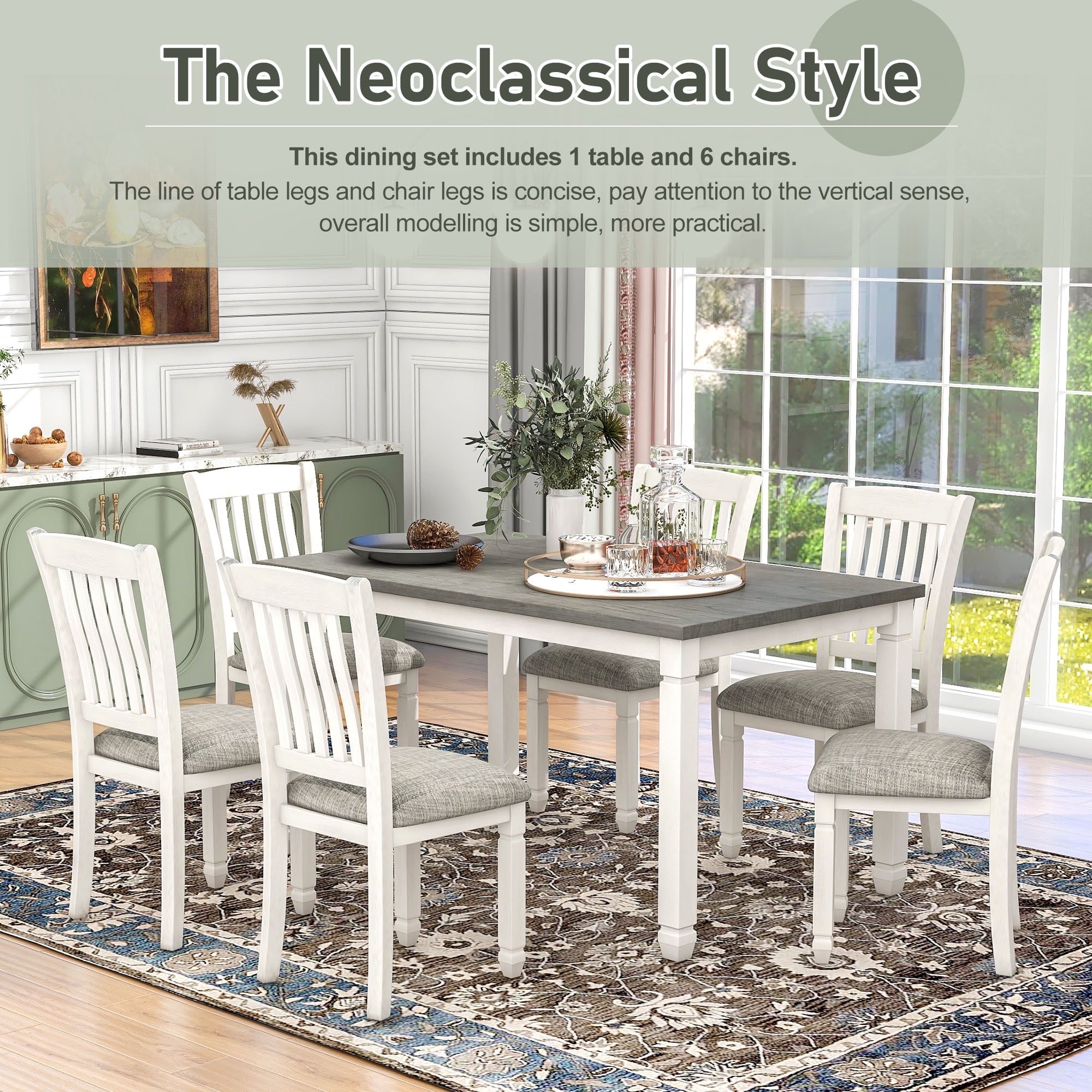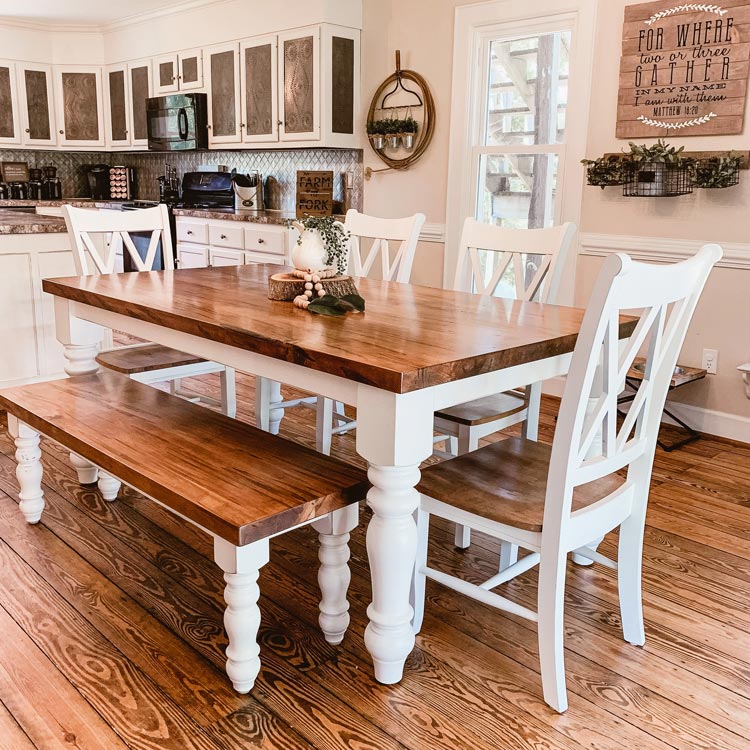How to Maintain and Care for Your Dining Room Table Legs
How to Select the Perfect Eating Room Table Legs for Your Home Design
Selecting the ideal dining room table legs is a nuanced process that needs mindful consideration of various aspects, including your area restraints, visual preferences, and useful needs. The interaction between measurements, materials, and styles can considerably influence the ambiance of your eating area, making it crucial to approach this decision carefully.
Assess Your Dining Room
Evaluating your eating room is important for picking the right table legs that enhance both looks and functionality. Begin by gauging the measurements of your eating location, including ceiling elevation, flooring area, and proximity to various other furnishings. This details will aid establish the suitable dimension and height of your dining table, which straight affects the choice of table legs.
Following, take into consideration the design and design of your dining room. For instance, an open-concept layout may take advantage of table legs that provide visual agility, such as slim steel or acrylic alternatives. On the other hand, a much more typical setting may call for strong wood legs that offer a sense of durability.
Evaluate the existing color palette and products in your dining area. Balancing the table legs with these elements creates a natural appearance that boosts the general design.
Ultimately, a comprehensive evaluation of your eating room will direct you in making an informed decision, making certain that your table legs not only boost the visual appeal however also serve functional functions.
Consider Your Style Preferences
When picking dining-room table legs, it is important to review your personal style preferences, as they dramatically influence the total aesthetic of your dining area. Your choice of table legs can either enhance or comparison with existing design, making it crucial to straighten them with your preferred interior decoration motif.
If your home leans towards a contemporary visual, consider streamlined metal or minimalist wooden legs that offer a clean, minimalist look. For an extra traditional method, ornate wooden legs with detailed makings can include a touch of sophistication and elegance. Industrial designs profit from robust, resources such as reclaimed wood and metal combinations, showing a rugged appeal.
Furthermore, farmhouse and rustic styles commonly prefer sturdy, chunky legs that stimulate a feeling of warmth and comfort. Alternatively, if your décor is eclectic, you could select unique forms or a mix of products to create visual interest.

Evaluate Material Options
The option of material for dining room table legs plays a pivotal role in both durability and aesthetic charm. Common products consist of timber, steel, and composite choices, each offering unique qualities that can influence the overall look and long life of your table.
Timber is a timeless selection, recognized for its heat and versatility. Woods like oak and walnut supply phenomenal stamina and can be completed in different spots to match any decoration. Softwoods like yearn are much more prone to scratches and damages, making them less ideal for high-traffic locations.
Steel legs, typically crafted from steel or aluminum, radiate modernity and industrial appeal. They are highly sturdy and immune to put on, making them appropriate for family members with kids or constant celebrations (dining room table legs). Furthermore, metal can be completed in numerous colors, improving the customization opportunities
Composite products, such as MDF or laminate, offer affordability and varied styles. While typically much less sturdy than strong timber or steel, they can still give a trendy look and are frequently very easy to maintain.
Inevitably, the material you pick ought to align with your way of life, visual choices, and the level of usage your table will certainly experience.
Determine Elevation and Size
Selecting the proper elevation and size for your dining-room table is necessary for both functionality and convenience. The basic elevation for eating tables commonly ranges from 28 to 30 inches, enabling enough legroom for many people when seated. It is important to think about the dimensions of your eating room and the types of chairs you plan to make use of.

Moreover, take into consideration the percentages of your dining-room. A bigger table in a roomy location can develop a grand setting, while a smaller sized table official site functions well in even more intimate setups. Inevitably, the ideal elevation and size will harmonize with your total style and boost the eating experience for you and your visitors.
Explore Customization Possibilities

Furthermore, the layout of the legs can be tailored to fit various designs, such as rustic, contemporary, or industrial. For instance, tapered legs can stimulate a mid-century contemporary feel, while beefy, block-style legs may reverberate with typical or farmhouse decor.
Homeowners can also check out shade coatings, from all-natural wood discolorations to paint, allowing them to match or contrast with the table top and surrounding decoration.
Furthermore, leg elevation can be adapted to accommodate certain seating setups or personal preferences, boosting both convenience and functionality.
Finally, unique embellishments, website here such as makings or decorative braces, can additionally customize the table legs, making the eating experience not just a statement however a dish piece in the home. By thinking about these customization choices, homeowners can create a dining-room table that absolutely shows their originality.
Conclusion
Selecting the ideal dining space table legs calls for mindful consideration of different variables, consisting of the dimensions of the dining room, design preferences, material longevity, and desired height. Personalization alternatives further improve the capability to accomplish a natural visual that enhances the total style. By methodically description examining these components, homeowners can ensure that the picked table legs not just fulfill functional needs yet additionally add favorably to the eating experience and atmosphere of the home.
Picking the optimal dining room table legs is a nuanced process that requires cautious factor to consider of numerous components, including your space restraints, aesthetic choices, and functional needs.Assessing your dining area is vital for picking the right table legs that enhance both visual appeals and capability.When determining dimension, gauge the location where the table will certainly be positioned to guarantee it fits pleasantly, permitting for at least 36 inches of clearance around the table for easy activity. A larger table in a sizable location can produce a grand atmosphere, while a smaller table works well in more intimate setups.Choosing the ideal eating space table legs needs cautious consideration of different elements, including the measurements of the dining room, style choices, material toughness, and preferred height.